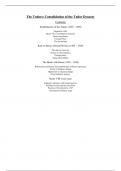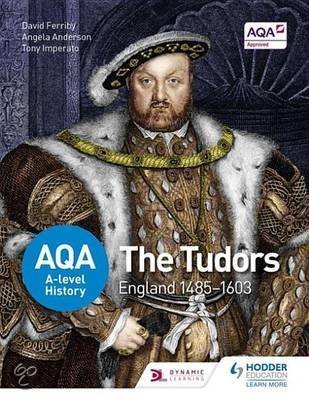Summary
Summary AQA A level history: Tudors Yr 1
- Course
- Institution
- Book
This document covers all content from the 1st year of the Tudors course, broken into easily manageable sections. It begins with the historical context of 1485 (before Henry VII) and ends with an assessment of Henry VIII's reign. It includes a massive amount of detail and would be easy to make flash...
[Show more]




